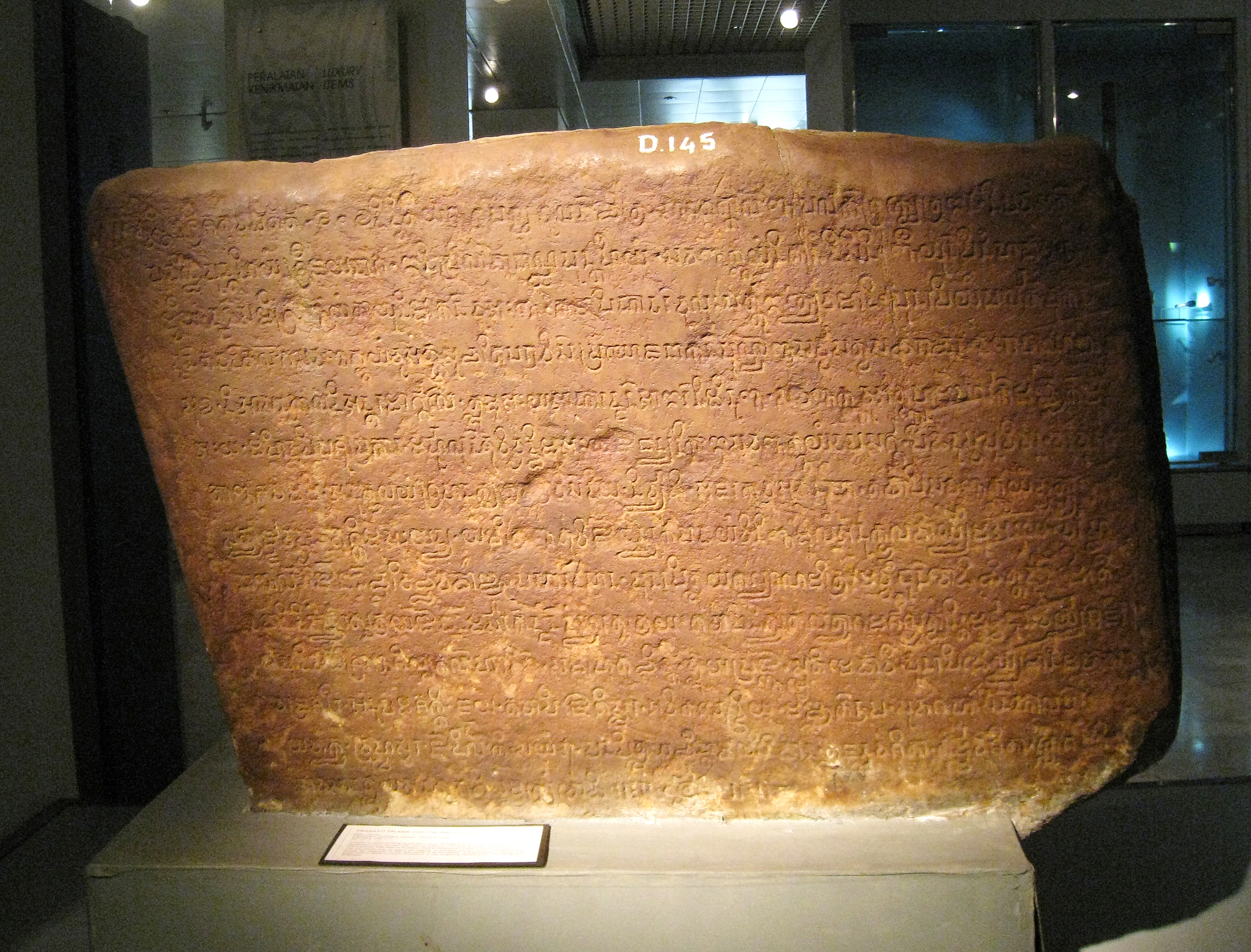Srivijaya
 Srivijaya (), also spelled Sri Vijaya or Sriwijaya, was a Malay thalassocratic empire based on the island of Sumatra (in modern-day Indonesia) that influenced much of Southeast Asia. Srivijaya was an important centre for the expansion of Buddhism from the 7th to 11th century AD. Srivijaya was the first polity to dominate much of western Maritime Southeast Asia. Due to its location, Srivijaya developed complex technology utilizing maritime resources. In addition, its economy became progressively reliant on the booming trade in the region, thus transforming it into a prestige goods-based economy.
Srivijaya (), also spelled Sri Vijaya or Sriwijaya, was a Malay thalassocratic empire based on the island of Sumatra (in modern-day Indonesia) that influenced much of Southeast Asia. Srivijaya was an important centre for the expansion of Buddhism from the 7th to 11th century AD. Srivijaya was the first polity to dominate much of western Maritime Southeast Asia. Due to its location, Srivijaya developed complex technology utilizing maritime resources. In addition, its economy became progressively reliant on the booming trade in the region, thus transforming it into a prestige goods-based economy.The earliest reference to it dates from the 7th century. A Tang dynasty Chinese monk, Yijing, wrote that he visited Srivijaya in 671 for six months. The earliest known inscription in which the name Srivijaya appears also dates from the 7th century in the Kedukan Bukit inscription found near Palembang, Sumatra, dated 16 June 682. Between the late 7th and early 11th century, Srivijaya rose to become a hegemon in Southeast Asia. It was involved in close interactions, often rivalries, with the neighbouring Mataram, Khom or Khmer Empire and Champa. Srivijaya's main foreign interest was nurturing lucrative trade agreements with China which lasted from the Tang to the Song dynasty. Srivijaya had religious, cultural and trade links with the Buddhist Pala of Bengal, as well as with the Islamic Caliphate in the Middle East.
Srivijaya is widely recognized as a powerful maritime kingdom in Southeast Asia. New research shows that while it had significant land-based elements, Srivijaya leveraged its maritime fleet not only for logistical support but also as a primary tool to project power across strategic waterways, such as the Strait of Malacca. In response to the ever-changing dynamics of Asia’s maritime economy, the kingdom developed sophisticated naval strategies to maintain its position as a regional trade hub. These strategies involved regulating trade routes and attracting merchant ships to their ports through strict control. As threats grew, Srivijaya’s fleet also transformed into an effective offensive force, used to protect trade interests while ensuring their dominance in the region.
The kingdom may have disintegrated after 1025 CE following several major raids launched by the Chola Empire upon their ports. Chinese sources continued to refer a polity named Sanfoqi thought to be Srivijaya for a few centuries, but some historians argued that Srivijaya would no longer be the appropriate name for the overlord's centre after 1025, when Sanfoqi referred to Jambi. After Srivijaya fell, it was largely forgotten. It was not until 1918 that French historian George Cœdès, of the French School of the Far East, formally postulated its existence. Category:States and territories disestablished in the 1020s Provided by Wikipedia
-
1